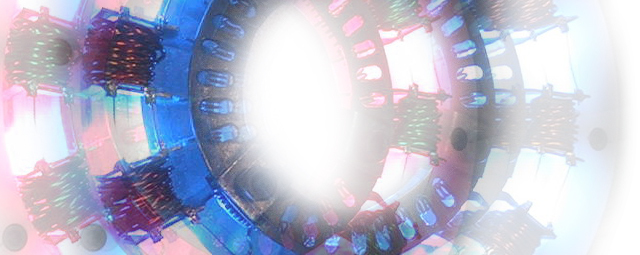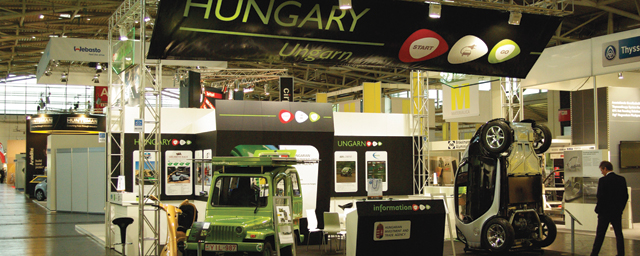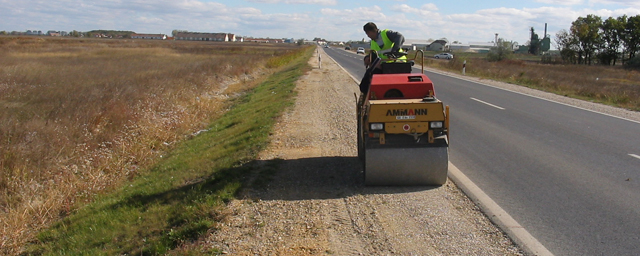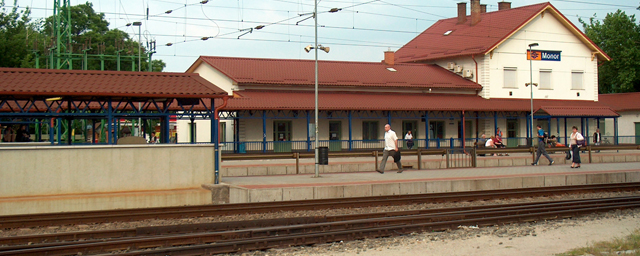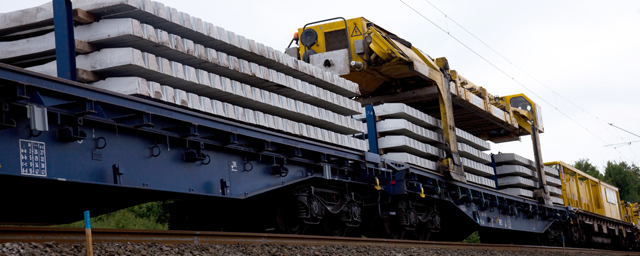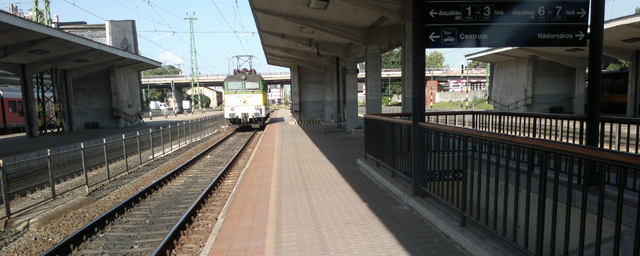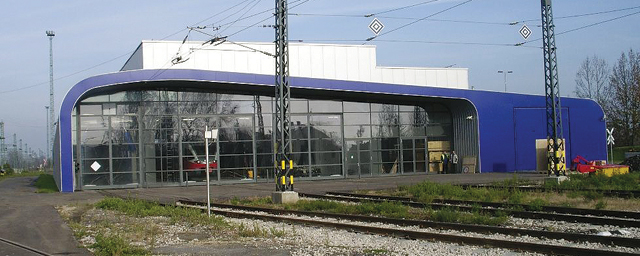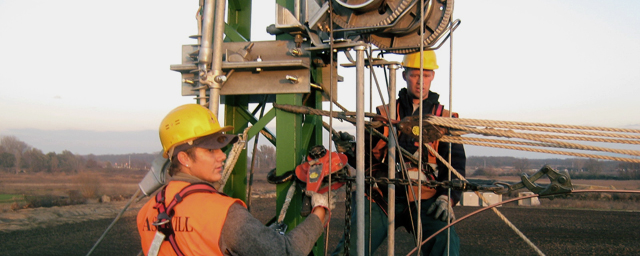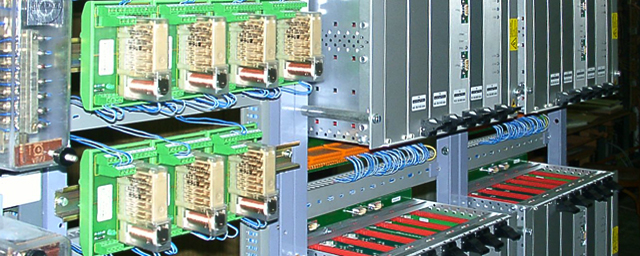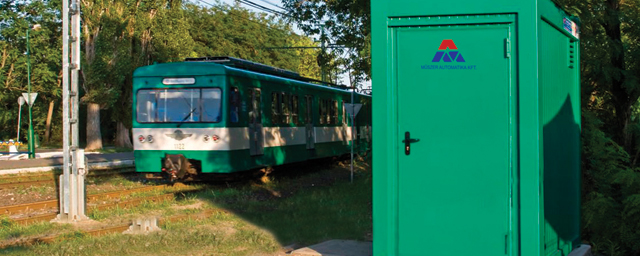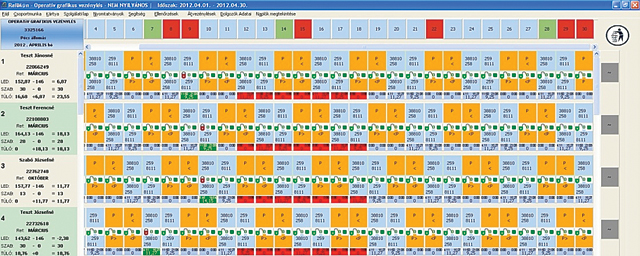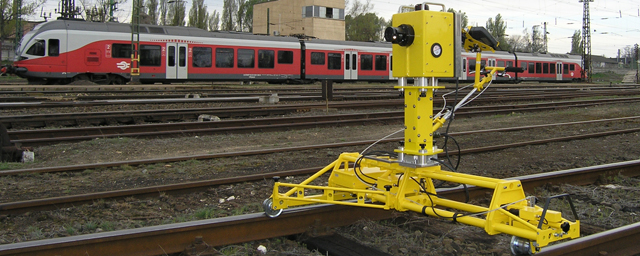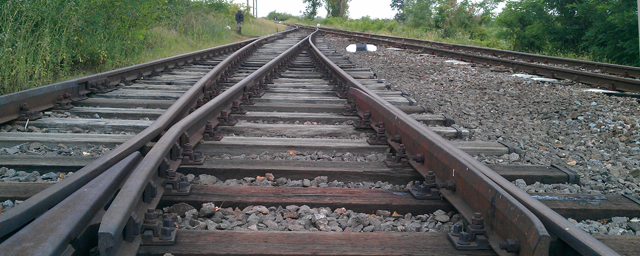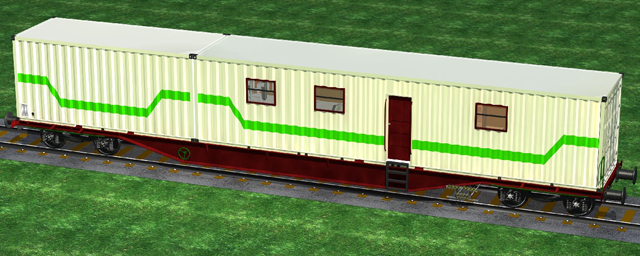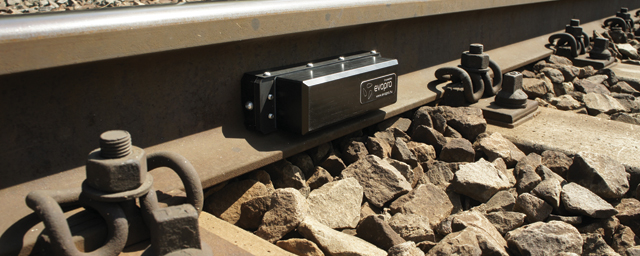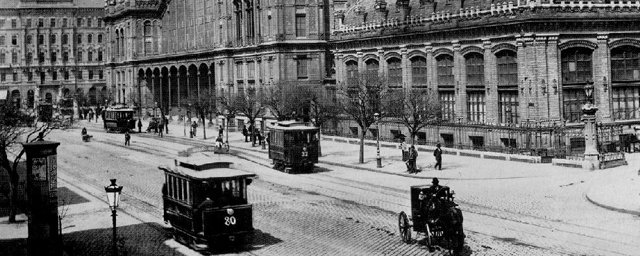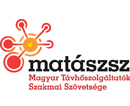Opening toward the East
How long has R-Traffic been present in the Hungarian market of railway systems, and particularly of railway block signalling techniques?
– We have been active in transport development in Hungary since 1966, and our first assignments included the certification required for the regulatory licencing of the Central Traffic Control System installed on the Millennium Underground and a comprehensive fitness for purpose test of equipment installed as part of GYSEV’s KÖFI project. Moreover, we have introduced automatic gate lights at level crossings in line with main line railway standards along the Szendentre, Ráckeve, and to a lesser extent, the Gödöllő suburban railway lines of Budapest Transport Company (BKV).
What kind of contracts have you received from MÁV?
– Siemens and Alcatel introduced the first electronic block installations in Hungary in the mid-nineties. We have been participating ever since in the domestic certification of fitness for purpose in cooperation with Széchenyi University. R-Traffic has taken part in the construction of certain components of the stations at Almásfüzitő, Hegyeshalom, and Komárom, as well as in preparing the ETSC level 2 licencing and tendering plans of MÁV’s international corridors and the Bajánsenye (border crossing) – Boba section of the railway in Slovenia. Additionally, we also received R&D assignments involving high voltage jobs (traction, energy supply, automation, remote control). As part of a public tendering in 2005, we were selected to prepare the interface for the remote control of Szabadbattyán traction substation, of the phase boundary on the Gárdony line and the right bank OH control system; and to modernise the OH control system installed on the Budapest–Hegyeshalom line, as well as eliminate its deficiencies.
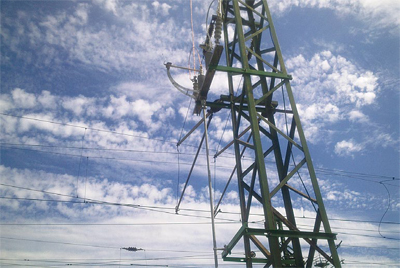 Remote control
Remote controlParticipating in the South Balaton railway development program was one of the largest capital expenditure projects of the firm. What specific responsibilities did you have?
– We were mainly responsible for ensuring the auxiliary conditions for the introduction of the central traffic control system during that project. The uninterrupted and trouble-free flow of traffic at “unmanned” stations requires the automation of several subsystems in addition to remotely controlled interlocking, such as the automatic point heating and checking system with remote control functions deployed at Fonyód and Nagykanizsa stations. R-Traffic was one of the designers and constructors of that system. The operation of the automated solution requires manual intervention in case of error signals.
The basic philosophy of the system is that point heating should be ensured during adverse weather conditions. We integrated the previously installed point heating equipment into the central control and testing system, but new point heating systems had to be installed for three small stations in Zala County and for the stations of Siófok and Lepsény. Our company implemented the option to control outdoor lighting systems automatically from a remote centre. The outdoor lighting control fed by timetable data from Prolan’s system enables the operator to illuminate stations for passengers before, during and after the arrival of trains and to switch to energy saving mode when stations are unused. Asset protection is also an important function at “unmanned” stations. Accordingly, mechanical protection was constructed and our company was selected to install electronic fire and asset protection.
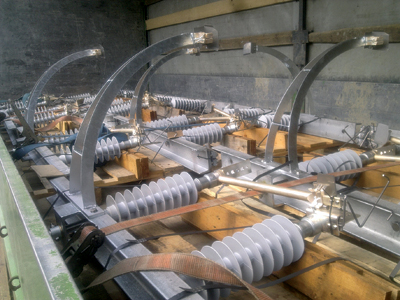 Isolators with composite insulation
Isolators with composite insulationWhat is the benefit of the point heating and outdoor lighting system you’ve mentioned?
– The point heating system ensures that railway points and switches remain in operation despite harsh weather conditions. We have installed new point heating systems at thirty stations operated by MÁV. In other instances we have installed new tools on top of an existing system – in these cases reasons of system compatibility dictated that we introduce major changes and homogenise the existing system of tools. Automated outdoor lighting systems provide proper services to passengers in an economical way and also help railway staff perform work in the vicinity of points and in load/unload areas. Our point heating systems and outdoor lighting solutions have always been applied in strict compliance with MÁV’s terms of reference, as amended. Installed parts are products supplied by market leaders, and the IT solutions rely on state-of-the-art program logic controllers.
You have other fixed rail references in addition to railway projects...
– As consultants, we have had the opportunity to participate in the fitness for purpose tests and studies of the Elektra-MÁV electronic station interlocks. In 2006, we updated the protection and control engineering systems of the Érd electric substation. Our company has sufficient experience in developing and designing traffic systems and in implementing the plans, including, for instance, the review and certification of the electronic traffic control system of the Budapest Cogwheel Railway and the tram terminal of Hűvösvölgy.
What information do you have about tasks relating to the adaptation of foreign systems?
– As homologation is one of our activities, we attend and keep inspecting Swiss, Austrian, German, and occasionally French major capital expenditure projects primarily to supervise the development of similar block systems, taking into account the Hungarian characteristics. Homologation is a process whereby we adapt the permanent systems of MÁV, which may differ occasionally from foreign systems, in compliance with security philosophies. R-Traffic employs six engineers and we also maintain relations with 5-6 firms and companies on a project basis, which gives us direct access to about fifty engineers and technicians.
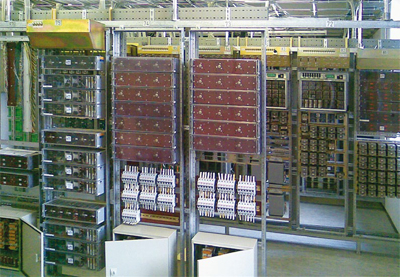 Interface
InterfaceWhat challenges have you faced in 2012 and what do you expect?
– Among other jobs, this year was spent with component tasks related to the support system of the vehicle yard of Metro 4 at Etele Square, including the automation of thirteen vehicle gates and the synchronisation of operations with the Siemens interlock system. The construction of one of Hungary’s largest OBI hypermarkets is in progress in Győr, where we have completed the installation of an urban traffic control system. We have also reviewed the central traffic monitoring function of the Budapest–Hegyeshalom line.
You are participating in the construction of the Szajol–Püspökladány line in Q3/Q4. What are you responsible for?
– We are responsible for continuously providing certain high voltage supplies to the railway line up to 2015. At the same time a project involving the interlock system along this line is to be launched soon, and we are in charge of the design and manufacturing of the interfaces. In the autumn we are elaborating the plans relating to point heating along the Esztergom–Óbuda line. Besides, we have also won a high voltage development tender in the region of Nyíregyháza. It is our task to implement the licencing and tendering plans of Szolnok Station too. And, expectedly, we will develop automation along the railway system of the Audi plant in Győr. In addition to participating in different Hungarian projects, we would also like to work cross-border. That is why we are paying so much attention to eastern countries, such as Ukraine and Russia.•




